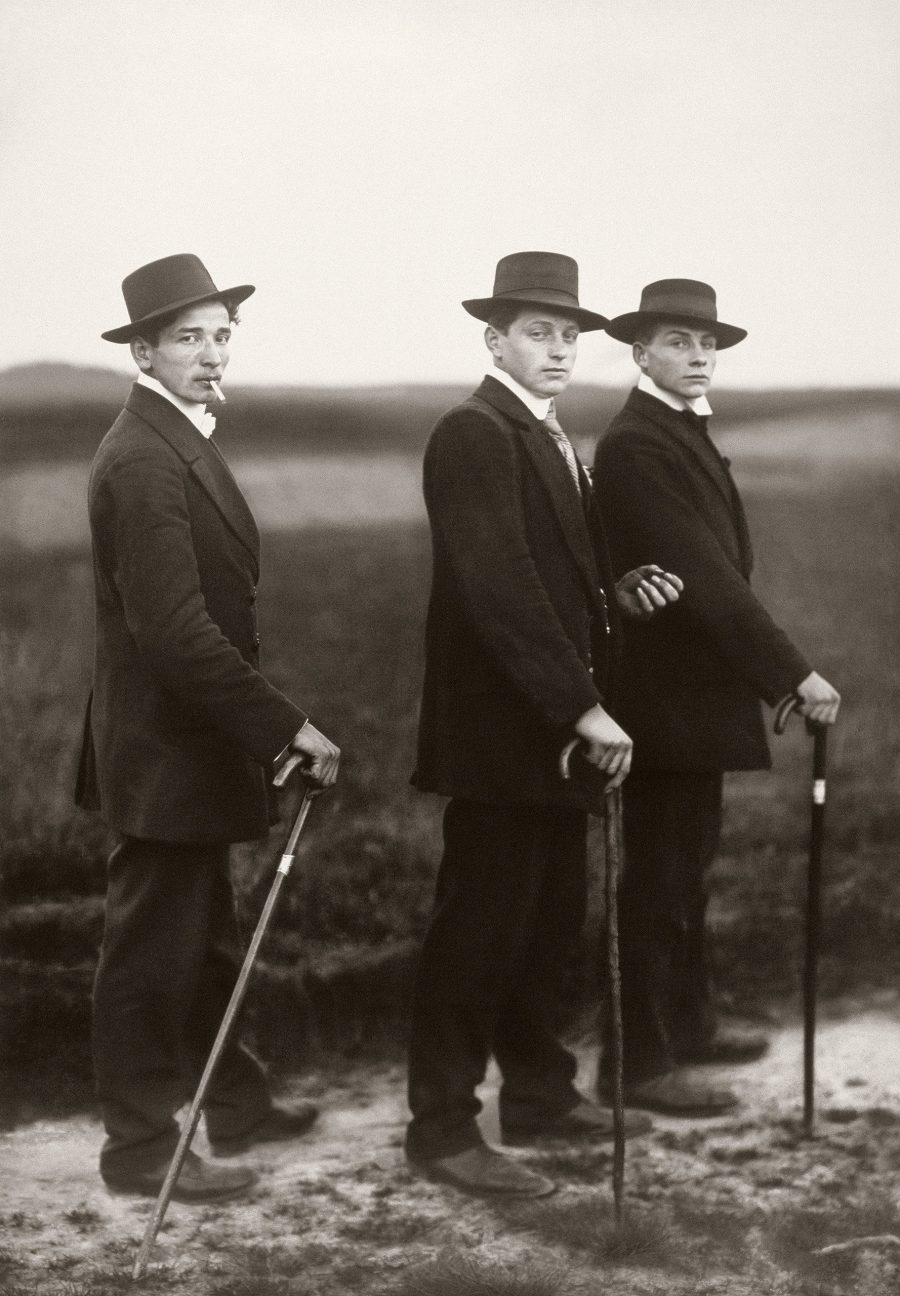At the end of the 60s, superstar drummer and angriest man in rock Ginger Baker was on the verge of collapse. Strung out on heroin, deeply grieving Jimi Hendrix’s death, and alienated from his former Cream and Blind Faith bandmates, he needed a new direction. He found it in Nigeria, where he decamped after driving a Range Rover from Algeria across the Sahara Desert. (A madcap adventure captured in the 1971 documentary Ginger Baker in Africa). Once in Lagos, Baker started jamming with Afrobeat legend Fela Kuti.
The meeting of these two musical forces of nature produced a suite of recordings. “Baker’s drumming appeared on several albums alongside the Nigerian king of afrobeat,” writes Okay Africa, “including Why Black Man Dey Suffer (1971), Live! (1972) and Stratavarious (1972).”
Kuti’s longtime drummer and arranger—and inventor of the “afrobeat”—Tony Allen was highly impressed with Baker’s range, and Nigerians, as Jay Bulger writes at Rolling Stone, loved him.
Arriving in Lagos, Nigeria, Baker set up west Africa’s first 16-track recording studio and formed a lifelong friendship with Afrobeat star Fela Kuti. Performing with the musical icon for crowds of 150,000, Baker became famous throughout Nigeria as the “Oyinbo” (White) Drummer. “If Ginger wants to play jazz, he plays jazz,” says the Nigerian drummer Tony Allen. “If he wants to play rock, he starts Cream. If he wants to play Afrobeat, he moves to Nigeria. Whatever he plays, he brings his own pulse and sound. He understands the African beat more than any other Westerner.”
High praise, but Baker didn’t seek the spotlight, his enormous ego offstage notwithstanding. He trained and he learned. Always a collaborative player, by his own description, Baker adapted himself to the needs of the music. In Kuti’s band, he found a well-drilled ensemble and in Fela himself, a kindred spirit with a personality as grandiose and captivating as his own, though Baker’s particular charms were maybe best appreciated at a distance. Hear the loose, sprawling Live! above, with annotations telling the story of the two legends in brief.
Baker and Kuti first met in the early 60s in London when Fela studied at Trinity College of Music. Once they finally connected musically, the sound was explosive, thanks to Baker’s recording studio and Fela’s New Afrika Shrine, the performance space where the live magic happened night after night. Then there are the war stories—not only sex, drugs, and rock and roll, but also the actual Nigerian Army trying to shut down Fela’s compound, which he called the Kalakuta Republic, and which housed his 27 backup singers and his studio. The bandleader was beaten and jailed over and over, and the commune was finally burned to the ground in 1977.
The video above from YouTuber Bandsplaining gives an entertaining synopsis of the Baker/Fela story, though beware, as several commenters have pointed out, it contains several inaccuracies, including at the outset the suggestion that Fela has only recently received widespread recognition. This, of course, is totally false—Latin American musicians have celebrated his fusion of African polyrhythms, big band funk, and psychedelic rock for decades; in Nigeria and elsewhere in Africa, Fela was as big a musical god as Clapton in England, as well as a powerful spiritual and political symbol of Pan-African socialism; and in the US and UK, New Wave bands like Talking Heads made entire albums building on Fela’s inspiration.
One might think of Baker’s collaboration with Fela Kuti and the Afrika ‘70 as an early international supergroup, of the kind that would become commonplace in later decades. But Baker didn’t use Fela’s music as a backdrop for his own brand. He was thrilled just to be there in the band.
Related Content:
See Why Ginger Baker (RIP) Was One of the Greatest Drummers in Rock & World Music
Josh Jones is a writer and musician based in Durham, NC. Follow him at @jdmagness.







